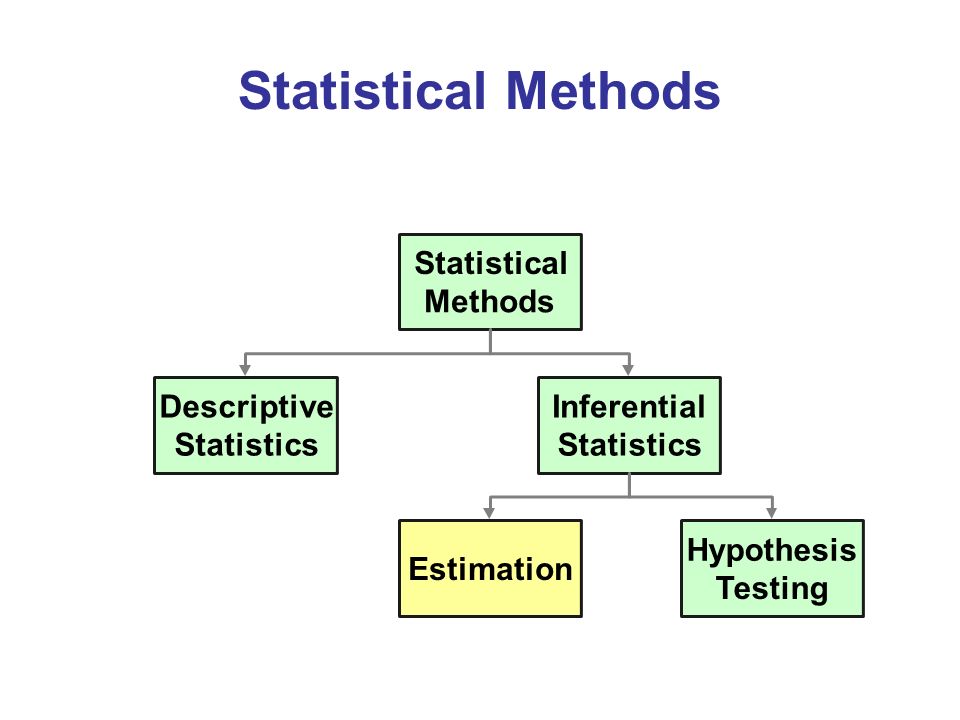The projection filter is a method for approximating the dynamics of conditional probability densities of optimal filtering problems. In projection filters, the Kushner--Stratonovich stochastic partial differential equation governing the evolution of the optimal filtering density is projected to a manifold of parametric densities, yielding a finite-dimensional stochastic differential equation. Despite its capability of capturing complex probability densities, the implementations of projection filters are (so far) restricted to either the Gaussian family or unidimensional filtering problems. This paper considers a combination of numerical integration and automatic differentiation to construct projection filters for more general problems. We give a detailed exposition about this combination for the manifold of the exponential family. We show via numerical experiments that this approach can maintain a fairly accurate approximation of the filtering density compared to the finite-difference based Zakai filter and a particle filter while requiring a relatively low number of quadrature points.
翻译:投影过滤器是接近最佳过滤器问题有条件概率密度动态的一种方法。 在投影过滤器中, 适用于最佳过滤密度演变的 Kushner- Stratonovich 随机偏差部分方程式被预测成多种参数密度, 产生一个有限维的随机差分方程。 尽管它能够捕捉复杂概率密度, 投影过滤器的实施( 如此之远) 仅限于高斯家族或单维过滤问题。 本文考虑将数字集成和自动区分结合起来, 以构建用于更一般性问题的投影过滤器。 我们为指数式家族的多个元进行详细的演示。 我们通过数字实验显示, 这种方法可以保持过滤密度与基于有限偏差的扎凯过滤器和粒子过滤器相当准确的近似, 同时需要相对低的四面点 。




